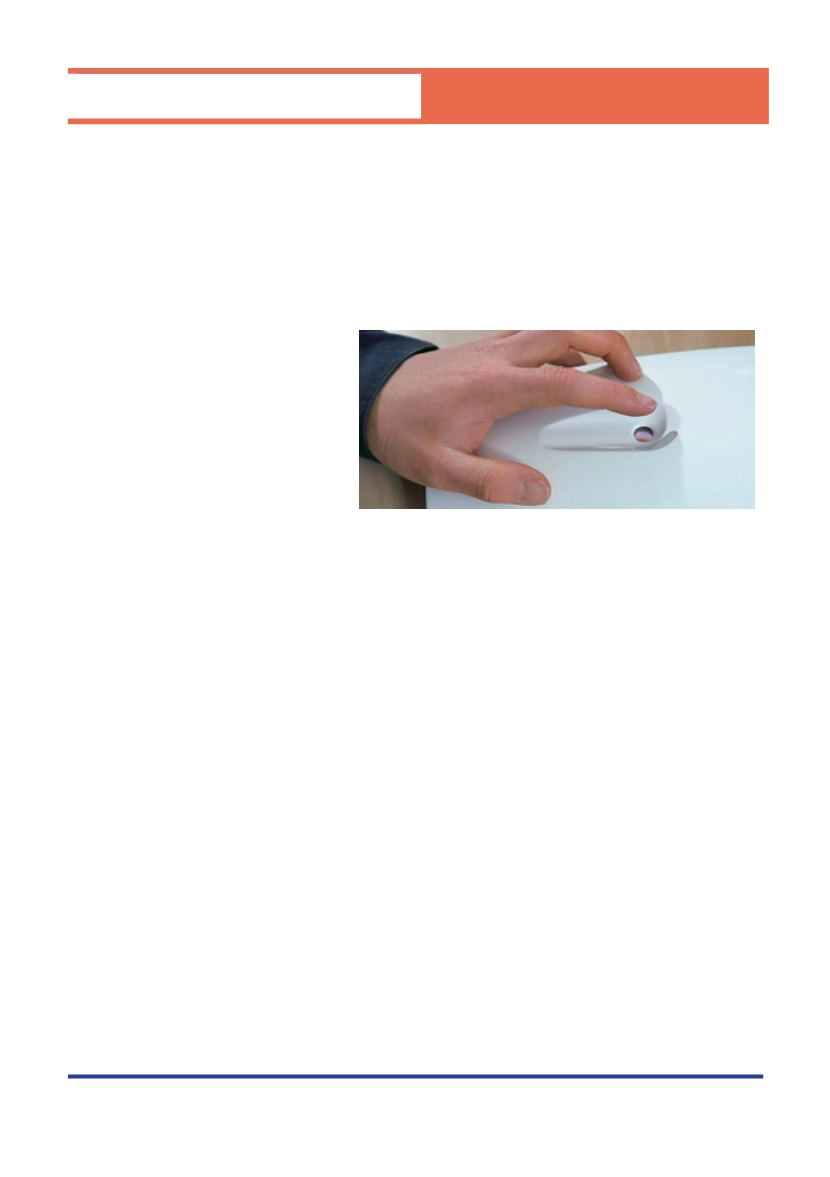

25
Sensor100
July 2015
Non-invasive device could end daily finger pricking
for people with diabetes
A new laser sensor that monitors blood glucose levels without pen-
etrating the skin could transform the lives of millions of people living
with diabetes. The new
technology, developed by
Professor Gin Jose and a
team in the Faculty of Engi-
neering at the University of
Leeds, uses a small device
with low-powered lasers to
measure blood glucose lev-
els without penetrating the skin. It could give people a simpler, pain-free
alternative to finger pricking.
Professor Jose said: “As well as being a replacement for finger-prick
testing, this technology opens up the potential for people with diabetes
to receive continuous readings, meaning they are instantly alerted when
intervention is needed.This will allow people to self-regulate and mini-
mise emergency hospital treatment.This wearable device would then
be just one step from a product which sends alerts to smart phones or
readings directly to doctors, allowing them to profile how a person is
managing their diabetes over time.”
The technology is licensed to Glucosense Diagnostics, a spin-out com-
pany jointly formed and funded by the University of Leeds and NetSci-
entific plc. More clinical trials and product optimization are required
for regulatory approvals and before the technology can be put on the
market.
Source:
University of LeedsJuly 14 2015
Healthcare

















